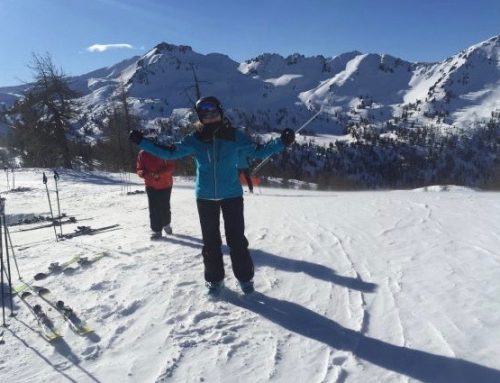It is said that we judge others based on what they do and we judge ourselves based on our intentions.
But others perceive us based on what we do, not based on what we think. So, how we are in reality? What shapes us? Is it what we think, our intentions, or what we do?
Let’s reflect together. How often we think about doing something, and it stays just in our minds, even if we really care about it? Usually we say we need a will power to do it. But, why we need additional strength to listen to someone without interrupting him? Or to stop to eat too much in the evenings? Or to be active in a discussion sharing own point of view? Why we need an additional strength even to STOP doing something?
It happens because even a small change needs an effort.
How it happens biologically? Our body during hundreds thousands years of evolution “organized itself” in a way to make easier and more automatic what is often repeated. Our nervous system is shaped to make repeated signals quicker. I will not describe in details how it occurs biologically. I would compare it to treading a path through the forest: more often it is used, bigger chance we have to use it again, even if it doesn’t lead us exactly where we wish. Our neural paths of excitement work in a similar way: our accustomed, repeated way of behavior treads the path in our neural system.
Neural system arousal activates selected muscles, so repeated arousals of the same neural paths activate and train the same muscles again and again. It is not a mental construct – it physically shapes our bodies. It is similar to systematic physical practices: those muscles that are more often used become more efficient and their use needs less energy. Muscles that are rarely used, step by step disappear, and their use becomes more difficult or even painful. That’s why it is so difficult to change anything, even if we really want it and even if it doesn’t look like needing a lot of effort.
So, we have an answer to our first question: I am what I do.
So, maybe it is worth to pay attention to what I often do, because I embody it and it shapes me? How I spend my free time: on the coach, with people, at my computer desk? Is it what I really want? How I behave when something doesn’t work properly: I get angry, I run away, I search for guilty ones or I explain myself that it wasn’t really important? Is it what I want? Am I able to formulate a request or decline keeping own and others’ dignity? What can I do if my way of reacting or doing is not what I really want in my life? Can I change it?
A good news is that it is possible. It needs however a little bit of effort. You need to tread this new path. The old path will not disappear only because you really want it: you need to tread the new path. Step by step it will become wider and more comfortable.
If you really want to change something, you don’t need to make a dive into a deep water. Start to tread the new path slowly but systematically . Don’t use your mind but do it physically: trying and practicing. Start sharing your point of view with a first simple phrase. Resign from a first piece of cake when you wish to stop eating too much, and with first clear “ no” in a low priority subject, if you want to be able to decline properly. But don’t stop at this stage: practice systematically and sometimes set your objectives higher. When sometimes you fail, so you suddenly find yourself on the old path – don’t panic. It is normal: in the end it is a very comfortable and inviting path. Look at it with a little bit of curiosity and laugh: “upps: I’ve been drawn back “. And just come back to treading the new path, again.
I wish you a good luck on your own way through the forest.





Leave A Comment